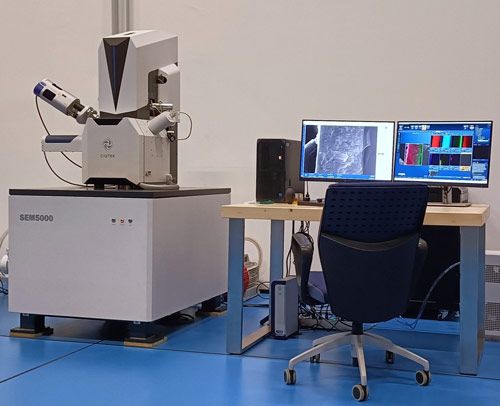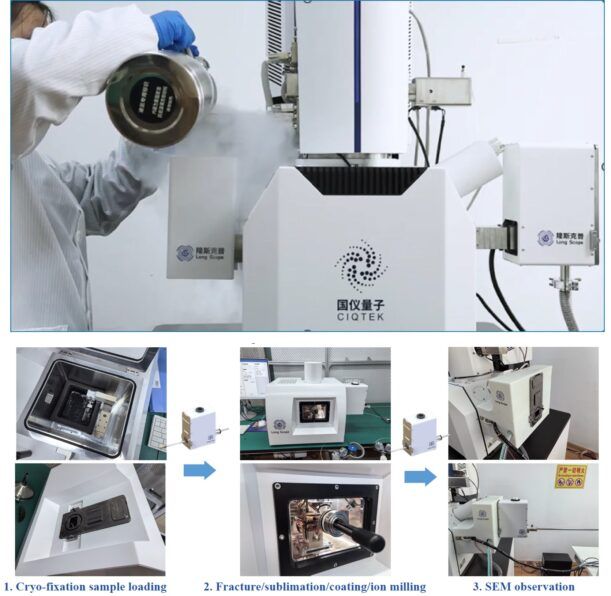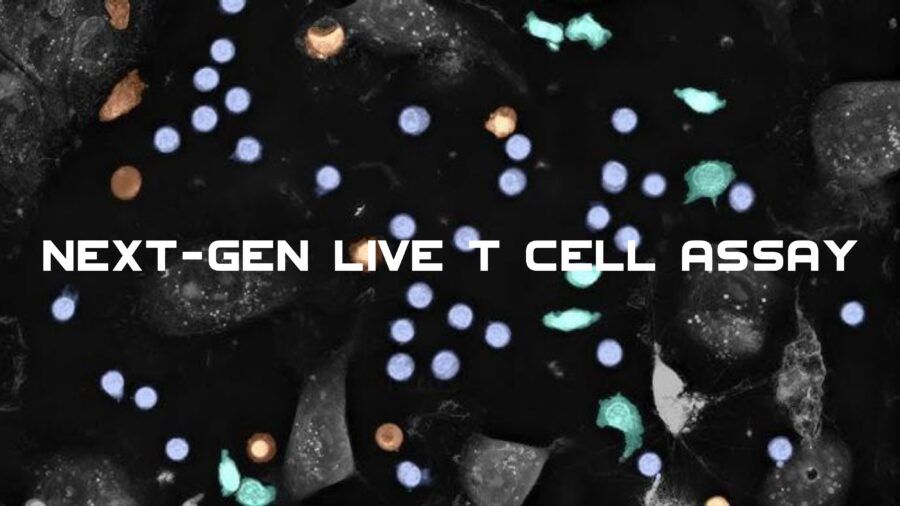Nanomedicine is one of the most promising frontiers in healthcare. By encapsulating drugs inside nanoscale carriers, researchers aim to make treatments safer, more precise and more effective. However, one of the biggest challenges is understanding how these nanoformulations really behave: How stable are they? How do they change once they enter biological environments such as blood, tissues or cells?
This is where Fluorescence Lifetime comes in. Actually, where FLIM LABS comes in. Fluorescence Lifetime Analysis (FLA) approach consists in the detection of the time a fluorophore remains in its excited state after light excitation. In few words, FLA does not look at how bright a molecule is, but at how long it shines after being excited by light. This fluorescence feature is an intrinsic property of molecules and it is a robust and reliable readout that carries a wealth of information about the molecular conformation and environment.
In the light of this, FLIM LABS and NEST (Scuola Normale Superiore) decided to apply FLA approach to study nanocapsulated drugs in a fast, non-invasive, and label-free way. Unlike traditional methods (such as electron microscopy or chromatography that require chemical manipulation), FLA can analyze drugs directly in their natural solvent without altering the sample. Based on this, FLASH is born; a research project for Fluorescence Lifetime Analysis for the Screening of Healthcare nanoformulations.
The principle is simple but powerful. Many drugs, such as doxorubicin, are naturally luminescent, thus by measuring their fluorescence lifetime we can obtain unique fingerprints of their physical and chemical organization. For example, encapsulated doxorubicin exists in 3 different states (free in solution, bound to the capsule membrane, or forming crystalline aggregates), and each of them has its own distinct lifetime, which FLIM LABS technology can detect and separate with high precision. (Figure 1).

Figure 1: A schematic representation of doxorubicin states. The three configurations of this molecule display different fluorescence lifetimes, which are used to discriminate the percentage of these states.
This approach opens new opportunities for both research and pharmaceutical quality control. Scientists can use it to track how nanodrugs are structured, how stable they remain during storage, and how they interact once delivered inside cells. Pharmaceutical companies, on the other hand, can benefit from a rapid and cost-effective screening tool to monitor batch consistency and drug integrity.
In the near future, we envision using this technology to follow the journey of nanocapsulated drugs directly in biological environments by observing, in real time, how they release their active components inside living systems.
The project is ongoing, but its message is clear: with FLIM LABS, we can finally shine a new light on the hidden life of nanomedicines.




